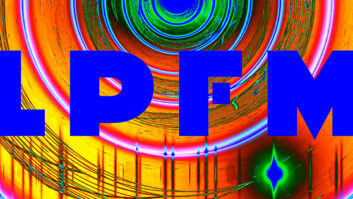We wrote here in the July 2 issue in support of an FM digital power hike. But we also said that such a process must be done with care and study.
As multicasts began to roll out in various markets, it didn’t take long for broadcasters and listeners to realize that there were certain shortcomings.
Given the “all or nothing” nature of digital signals, these shortcomings were obvious and, in some cases, debilitating. Many stations whose analog signals could otherwise be received without issue in homes and offices could not produce digital reception in those same locales. It didn’t take a rocket scientist to tell us that more power was needed to bring these digital signals to par with the analog.
We began to hear about a 10 dB digital power increase for FM HD Radio stations the better part of a year ago. Then at the NAB spring show, there was talk about the power boost and products on the exhibit floor to accommodate it. But what about interference? No problem, proponents said. Presumably because emissions would remain within the 73.317 mask specified in the FCC rules, no “interference” would occur.
Perhaps in the strictest interpretation of the FCC rules that might be true, but out in the real world where signals, both desired and undesired, meet the antenna, it’s a different story in many cases.
Since the first FM IBOC stations signed on their digital carriers five or more years ago, adjacencies have been complaining of interference and lost coverage. Such complaints were perhaps more widespread in the East, home to many grandfathered short-spacings; but they also occurred in the Midwest and West, where “rim shot” stations often reach into a market with subpar but otherwise listenable signals. In some cases, the in-town IBOC adjacencies pushed these stations right out of the market.
With such empirical knowledge in hand, we didn’t really need the NPR study to tell us that additional interference would be produced by an across-the-board 10 dB digital power increase.
While we feel some level of digital power increase is needed to make multicast signals viable for many stations, we also know that an across-the-board increase would be a mistake. As such, we encourage the proponents of the measure, the FCC and eventually digital stations to take a more measured approach, employing more power only where such would not harm neighboring stations.
HD Radio certainly adds value to terrestrial radio, and that will over the long term help it remain viable and competitive with the many alternatives that are out there. But we cannot blindly move forward with an across-the-board digital power increase that robs Peter to pay Paul. Legacy signals deserve protection from interference.
— Radio World











